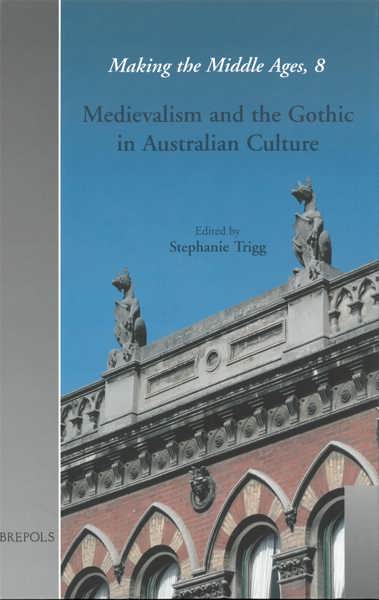
Medievalism and the Gothic in Australian Culture
View publication
"Its speculation on translation is intriguing, the work is both very readable and has a rich store of information to impart to the reader who has perhaps only a limited knowledge or experience of the world of saga translation. For those who have devoted even a fair amount of thought to the subject, there are still plenty of new insights to be gained here."
(K. Kunz, in Journal of English and Germanic Philology, October 2008, p. 550)